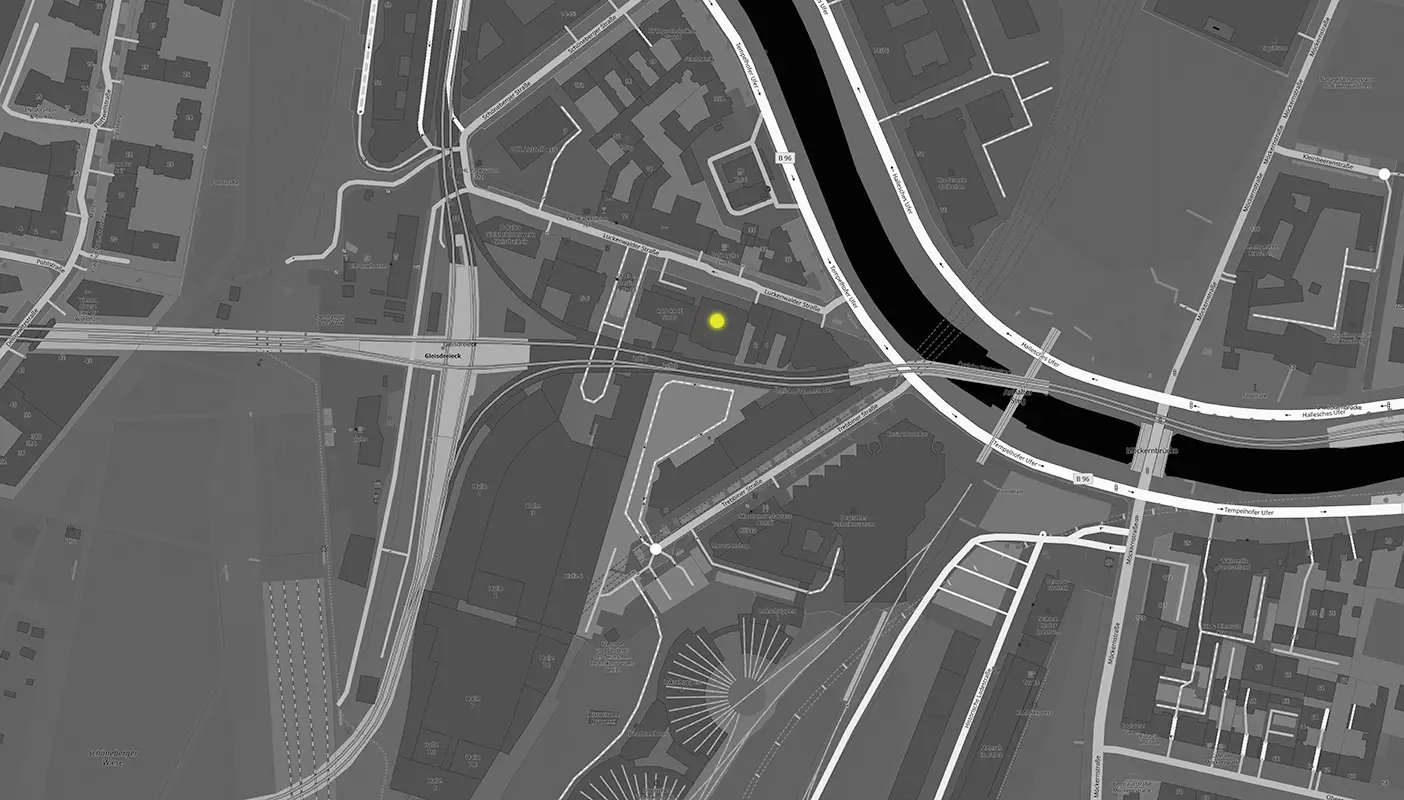12
international
artists
1.000
sqm
screens
10
meter
high canvases
1.500
sqm
exhibition space
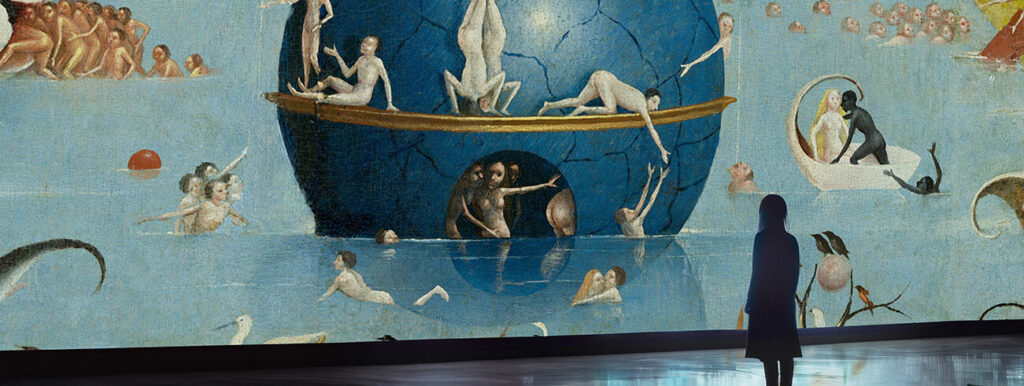
Warnung:
Diese Ausstellung kann bei Personen mit lichtempfindlicher Epilepsie möglicherweise Anfälle auslösen.
Exhibition
Hieronymus
Bosch
–- rediscover
now
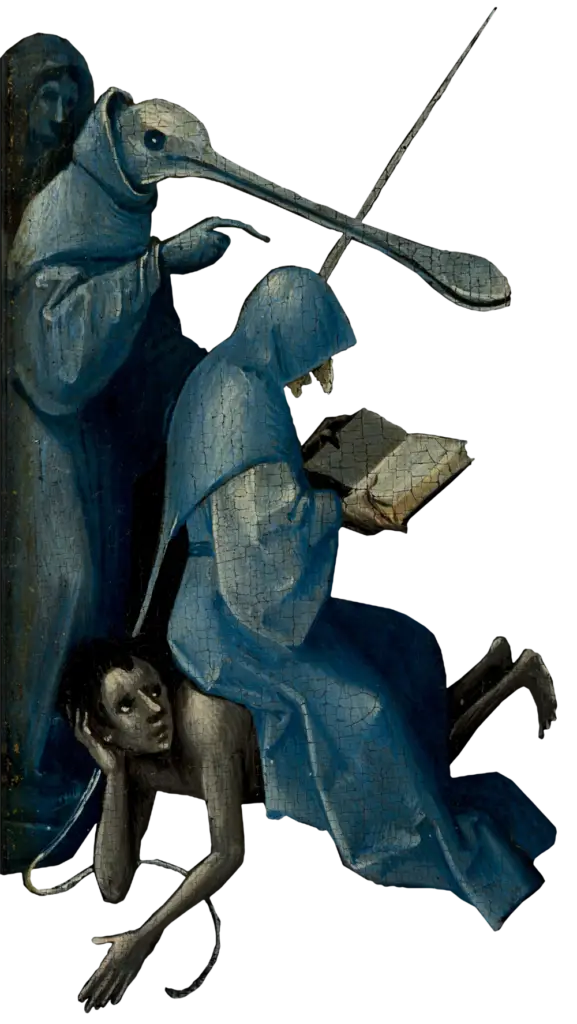
Hieronymus Bosch created fantastic worlds in the early 16th century. His enigmatic messages still fascinate audiences and critics today.
Immerse yourself in the mysterious world of the famous Dutch artist. Experience his unique paintings in an immersive exhibition that uses the latest technology to guide you through his mysterious and bizarre worlds. Discover the hidden symbolism behind his works and be enchanted by the incomparable creativity and vision of this Renaissance master.
The master of puzzles
At the start of the exhibition, visitors are introduced to Bosch’s distinctive artistic language, through which he conveyed powerful messages about morality, sin, temptation, and salvation. This will provide valuable insight, for better understanding the deeper meaning behind Bosch’s often enigmatic works.
Stunning variety of images
As the visual journey unfolds, Bosch’s works are brought to life through a dynamic, immersive show. Large-format projections offer visitors an up-close view of the intricate details and dreamlike qualities of his art, revealing entirely new dimensions of the Renaissance masterpieces.
Eternal themes of Bosch
The final part of the exhibition presents sculptures, images, and digital installations that allow visitors to enhance their experience of the Bosh&Beyond exhibition with the perspective of international contemporary artists on the eternal challenges that humanity has faced since the time of Hieronymus Bosch.
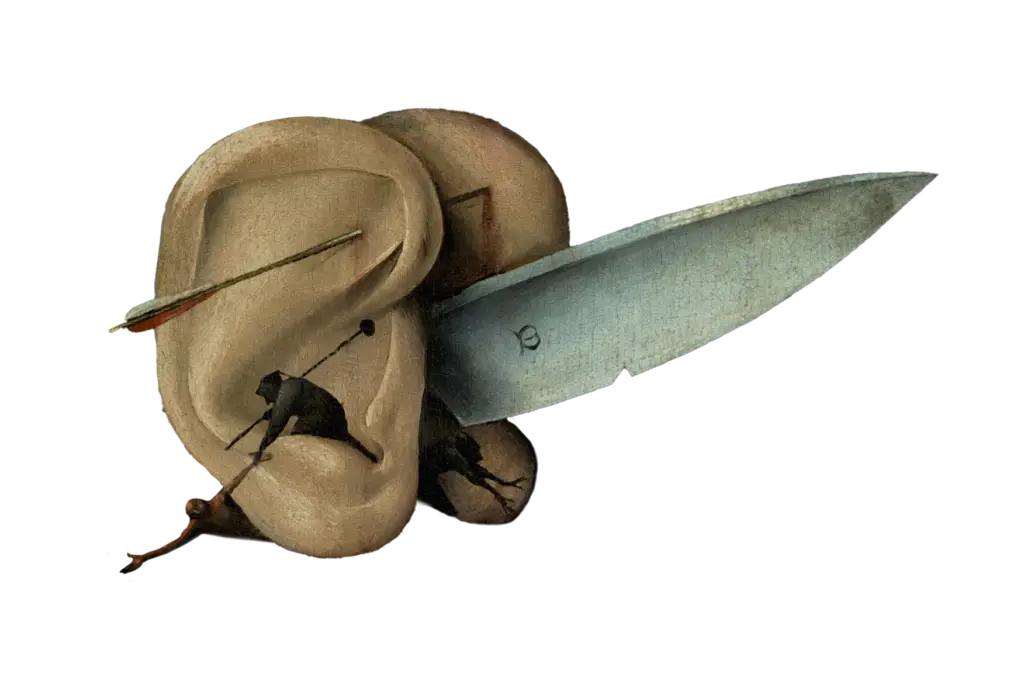
The Bosch and Beyond exhibition offers an emotionally engaging and memorable experience. It’s a unique opportunity to see classical art in a new light and broaden your perspective. Don’t miss the chance to enrich your understanding of art in a fresh and meaningful way.
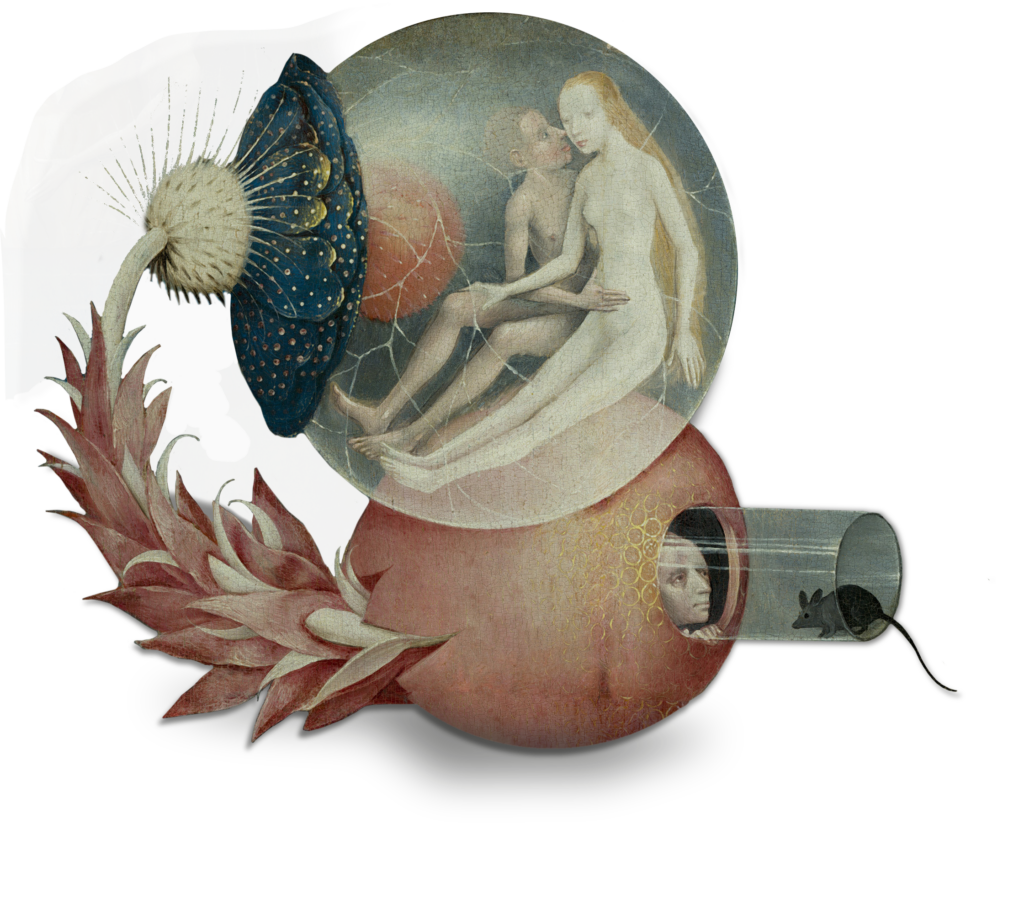
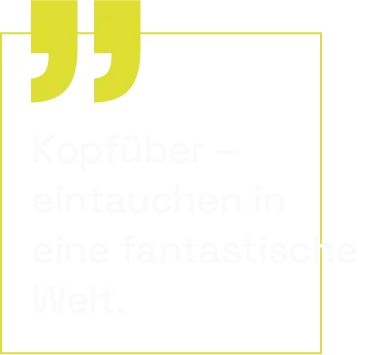
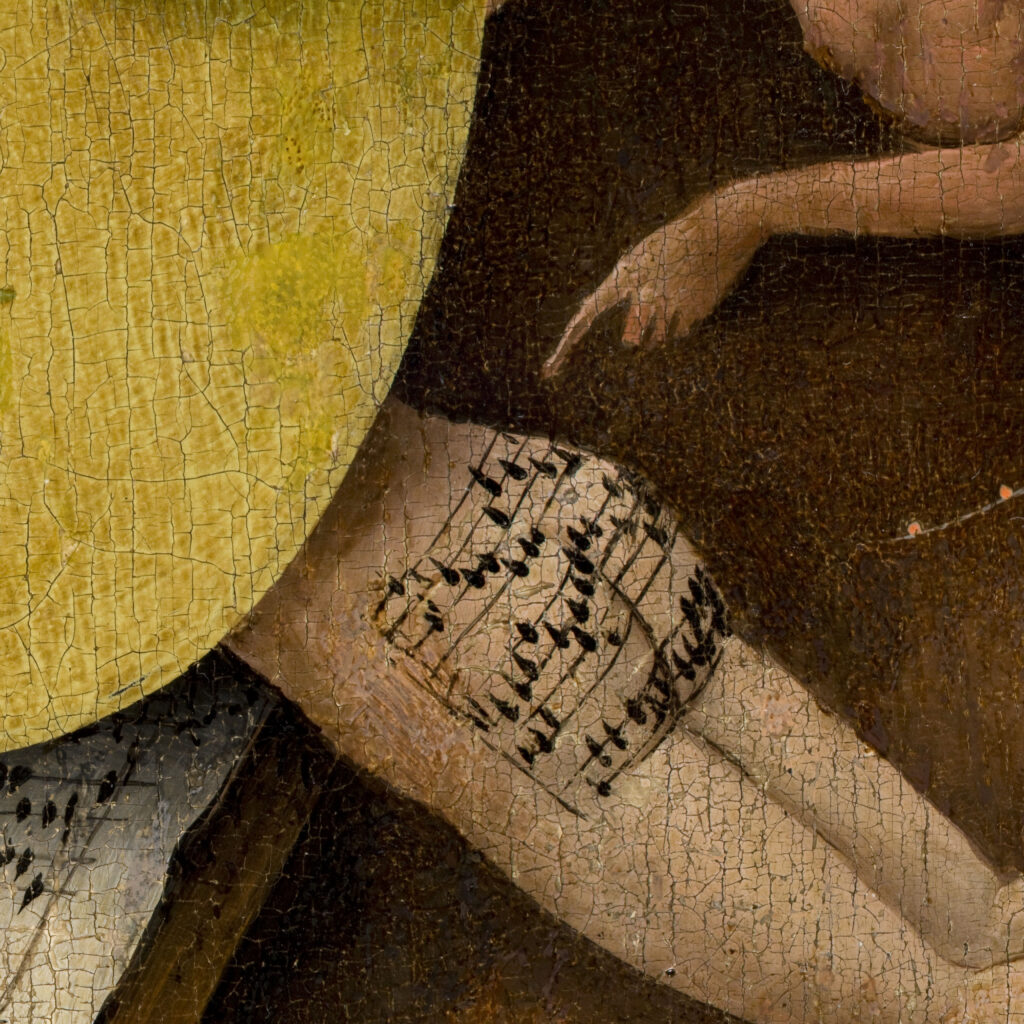
Promoter
Vision Multimedia
– the pioneers
of immersive exhibitions
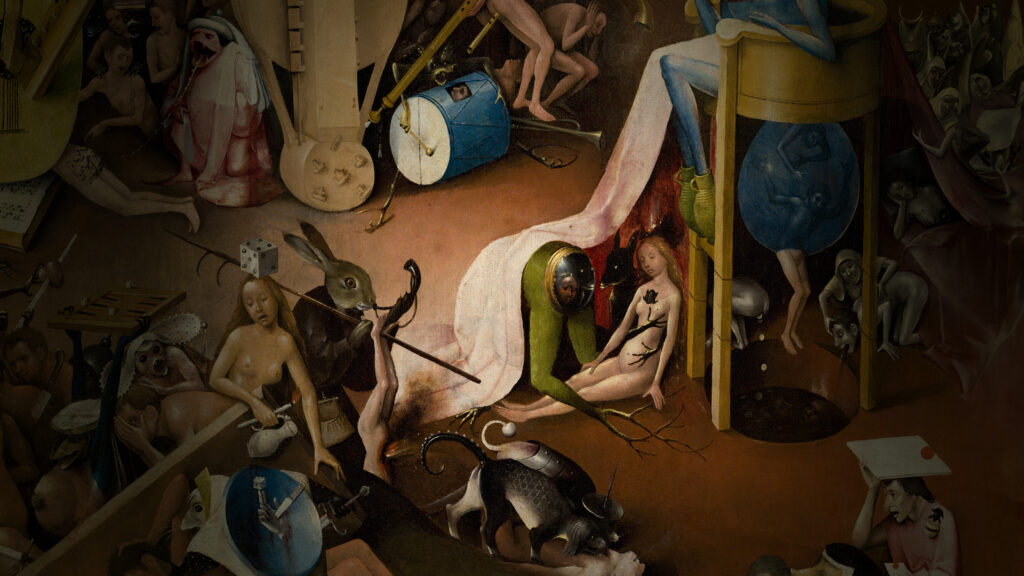
Over 120,000 visitors and a “satisfaction rate” of 96% – the exhibition “Hieronymus Bosch. Visions Alive” in the Alte Münze Berlin was a sensational success in 2016/2017.
The Bosch and Beyond exhibition offers an emotionally engaging and memorable experience. It’s a unique opportunity to see classical art in a new light and broaden your perspective. Don’t miss the chance to enrich your understanding of art in a fresh and meaningful way.
Location
Kühlhaus Berlin
– the exhibition location
is a central attraction
in the city
KühlhausBerlin
Luckenwalder Str. 3
Near Gleisdreieck subway station
Wheelchair accessible
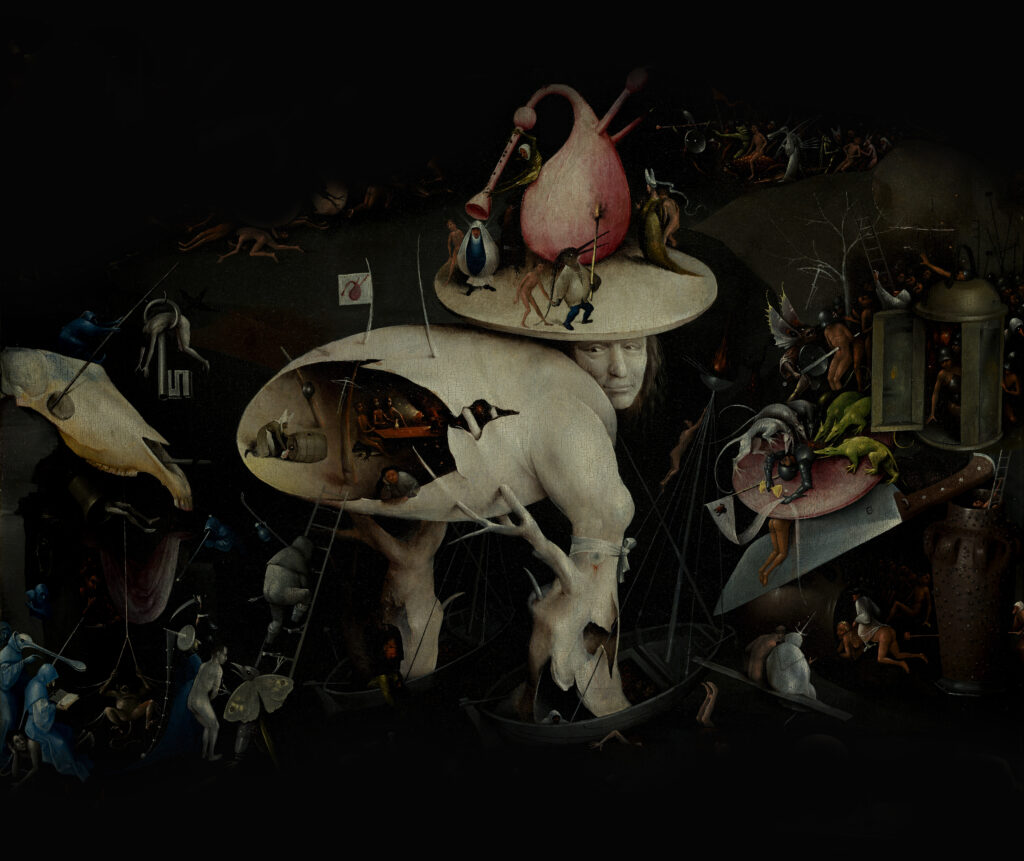
Construction site and at the same time a space for art, concerts and events – this is how the building presents itself today on seven floors with a variety of unusual rooms and architectural situations, with a total of over 5000 square meters. A place of encounter and creativity that is open to partnerships, impulses, ideas – open to the city.
The architecture of the Kühlhaus Berlin belongs to Berlin’s early industrial history at Gleisdreieck. Thanks to a private initiative by artists, architects and Berlin companies, plans for demolition were stopped and the building was placed under monument protection. Since then, other companies and many private individuals have actively supported the renovation and conversion of the building.
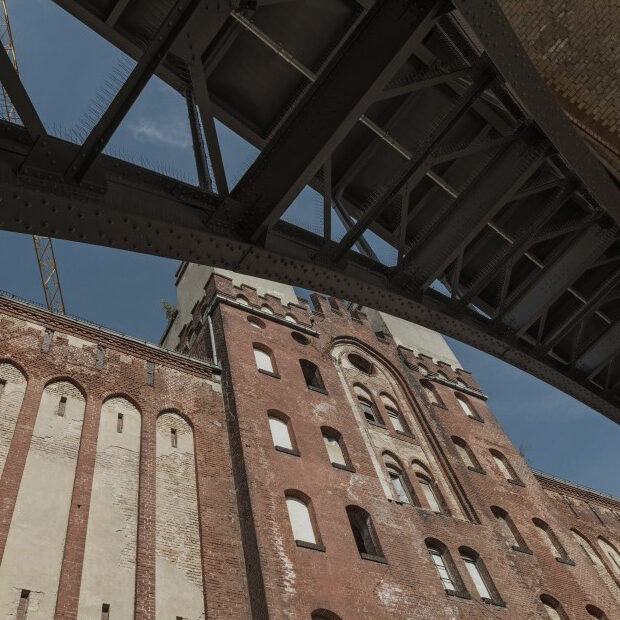
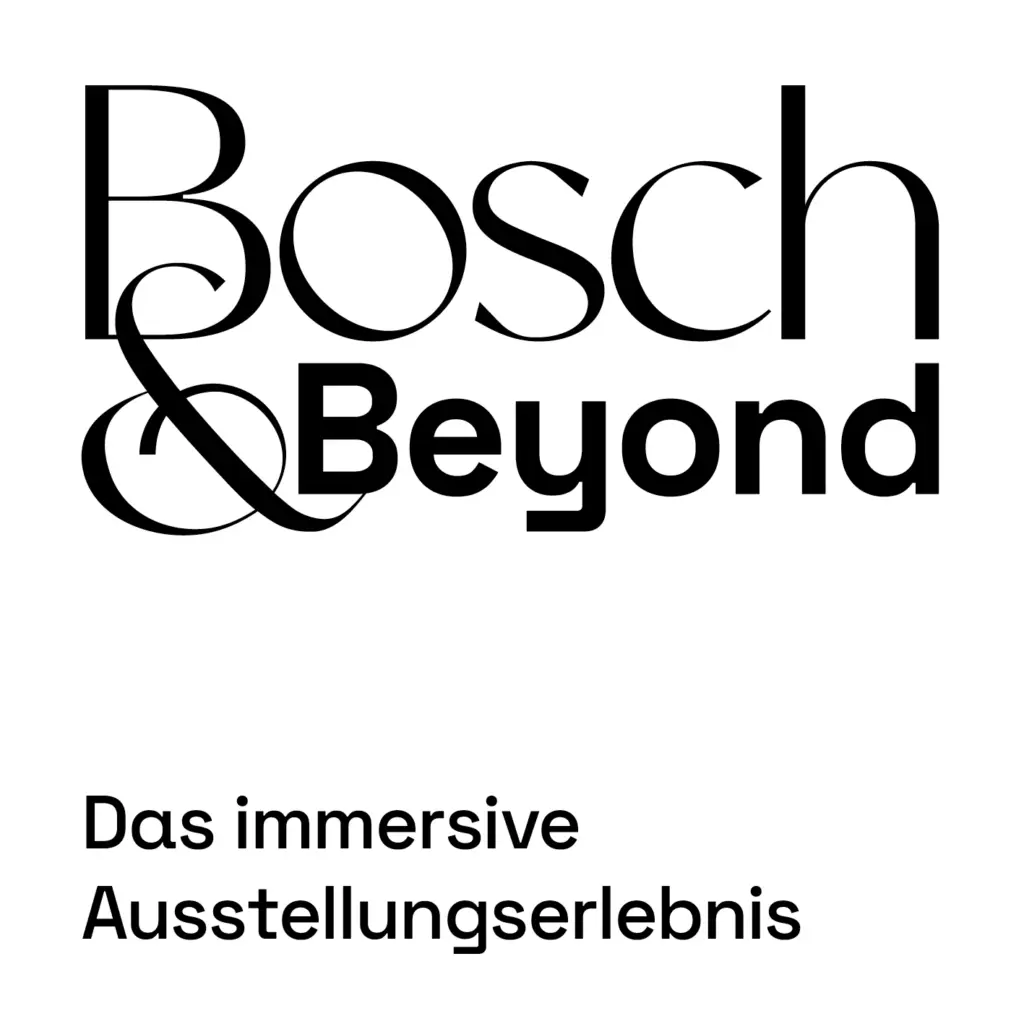
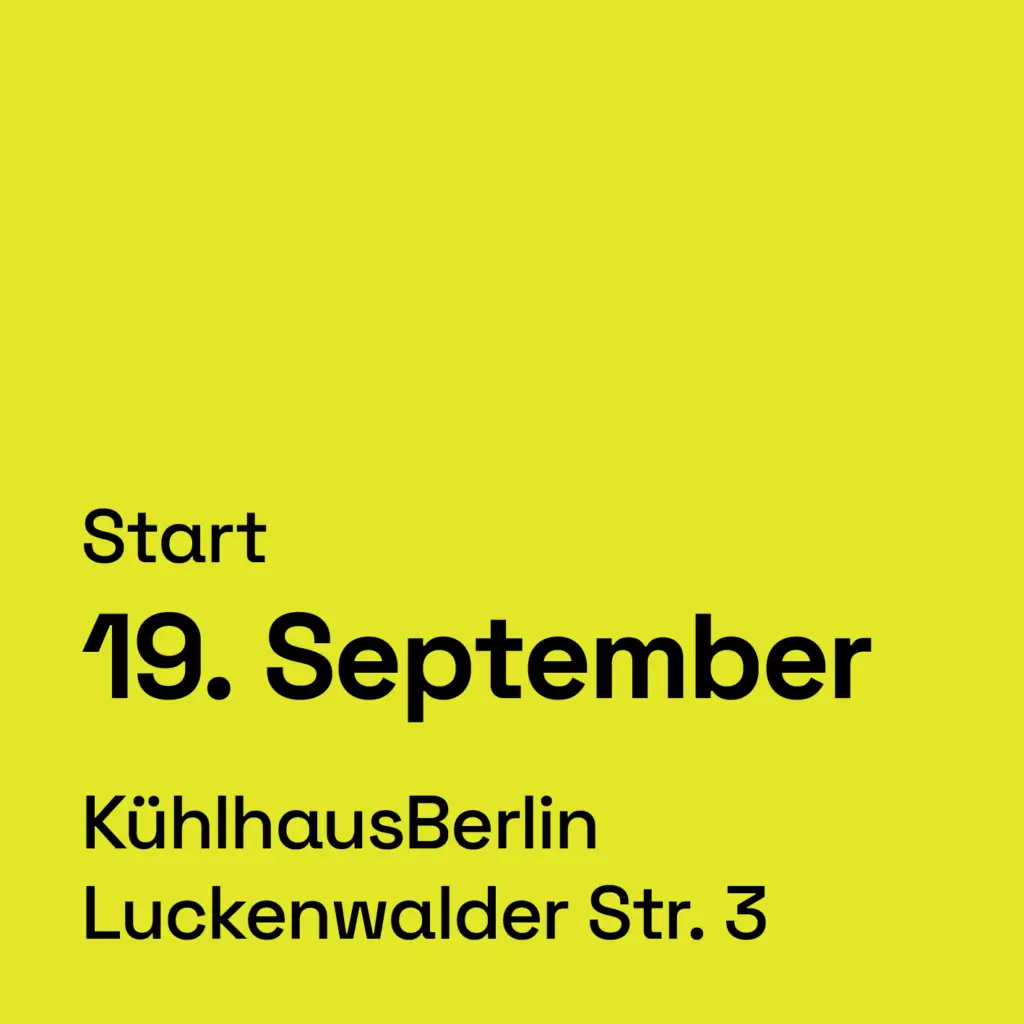
Tickets
Artists

Artists Reflect
– a Dialogue
on the Future.
Hieronymus Bosch’s art reflected the vices, temptations, and aspirations of people during the transition from the Middle Ages to the Renaissance. Centuries later, we see that while knowledge brought enlightenment, it also introduced new challenges. Today, these challenges evolved with the rise of digitalization and artificial intelligence.
Who is in control now – humans or technology? Are our dreams and thoughts still our own, or are they shaped by machines? Have we overcome our limitations, or have we become prisoners of our own creations, risking the destruction of our world?
At the Bosch & Beyond exhibition on the third floor, contemporary artists explore these questions through sculptures, digital installations, and images. Some works are inspired by Bosch, while others delve into existential issues that remain as relevant today as they were at Bosch’s time. We invite you to expand your perspective at the thought-provoking exhibition.
Anne Horel
Anne Horel is a Multi-award winning Digital Artist Based in Paris. Her polymorphic collage work are known for its vivid colours and uncanny aesthetics. Anne’s work, an underlying critique of the hyper-connected society and the damages of capitalism, stands out for its pioneering use of creative technologies.
“P[AI]sages” is Anne’s work for “Bosh&Beyond” exhibition. It is an AI-generated collage landscape. A portal which serves as a gateway to a surreal realm where landscapes breathe, morph, and come to life.Inspired by the work of Hieronymus Bosch, this video invites the viewer to enter the dream of the machine, where the algorithms morph endlessly, shapes are continuously reinterpreting each other and where human imagination meets the data-memories of a digital consciousness.
Daidatep
Martin Lehnen (Germany) holds a degree in architecture and a doctorate in history of art. He started creating digital art with Adobe Photoshop in 1992 and since 2023, his artistic journey has evolved to encompass the realm of AI-generated images under the tag Daidatep.
Two enigmatic portraits by Daidatep presented at the exhibition merge the surreal with the mechanical, opening a window into a universe that feels both alien and intimately human. The subject’s calm, closed-eye visage is juxtaposed with a chaotic inner world, rich with intricate machinery and shadowy figures, evoking the work of Hieronymus Bosch.
Dominik Adamec
Dominik Adamec (Tschechische Republik, Sitz in Berlin)is a sculptor and philosopher who’s is devoted to evolutionary humanism, endosymbiosis and the Chimera phenomenon, from which he derived own method of thinking. This method – based on the merging of organic narratives (animal and plant structures) with purely human objects of symbolic meaning – leads to the creation of a hybrid that disrupts the categorical, purely human, perception of the world.
The installation The End of Pyramides presented at the exhibition is a series of ceramic burial urns, each containing an inner container for ashes and a place for a magnetic tag with the owner’s name and date of death. At the same time, they all carry their own meaningful message, working with language, dualisms or representation. These sculptures thematize various forms of man’s relationship to himself, to his environment and to other beings. Urns are thus simultaneously a critique of individual behavior or social stereotypes and have the potential to be not only a reminder of a person’s mortality, but also a stimulus for self-reflection during life.
Eegun
Eegun (Turkey) is a generative artist who blends nature and technology in their work. Eegun sees art as a way to celebrate the coexistence of two seemingly different worlds, showcasing a visual dialogue between nature’s allure and digital precision.
In the visial-sound instalation “Sonic Pixels of Bosch” presented in the exhibition the artist explores the intriguing question of how the timeless works of Hieronymus Bosch might communicate if they could speak. By deconstructing Bosch’s masterpieces into their elemental pixels, the artist invites viewers to delve deeply into the details of each scene, capturing the essence of Bosch’s complex narratives and fantastical landscapes. The experience is further enhanced by a unique soundscape created through a meticulous process. As the pixels and sounds blend harmoniously, “Sonic Pixels of Bosch” offers a fresh interpretation of Bosch’s masterpieces, inviting viewers to perceive them in a new light – through the lens of modern technology and artistic innovation.
Florencia S.M. Brück
Florencia S.M. Brück is an Italo-Argentinian artist and programmer known for exploring the intricate connections between classical artistry, the digital, virtual, and natural worlds through her innovative projects and installations. Her work delves into themes of time, perception, mortality, and parallel universes, consistently pushing boundaries and challenging conventions.
In her work “Bosch’s Visions Reimagined”, presented at the exhibition Florencia reinterprets Bosch’s “Visions of the Hereafter” Polyptych in a dystopian world where humanity is dominated by technology and artificial augmentation. Each metal plate represents a scene from Bosch’s iconic work, but through the lens of a society that has lost its connection with nature, becoming grotesque amalgamations of flesh and machine. AI-generated video is inspired by the intricate and fantastical worlds of Hieronymus Bosch. The video explores the theme of death within surreal landscapes and enigmatic characters, bringing a modern, digital twist to Bosch’s iconic style.
Louis Paul Caron
Louis-Paul Caron (France) dedicates himself to engaged artistic creation centered around climate issues. His works invite the public to explore landscapes altered by heat and to feel the impact of climat on our lives and those around us. Employing both digital creation and canvas painting, his work presents itself as an exploration of the future through fiction. Through visual staging, he questions our attitudes towards environmental challenges, providing a critical perspective on our society and our future on Earth.
The work “Temptation of Saint Anthony” presented at the exhibition is inspired by Bosch’s eponymous painting цршср describes the visions and hallucinations of the saint during his long walk across the Egyptian desert. He encounters many devil creatures and lost souls from the abyss, where the world is continuously burning. This artwork is a bridge between traditional representation of biblical story and contemporary vision of the future, regarding climate change and global warming. We’re aiming toward a burning future, where the world is brutally altered by climate disaster and resembles more and more to the old visions of life in hell. Created with a mix of collage and Artificial Intelligence softwares, this artwork uses the weirdness of generated images to create a peculiar.
Marcelo Pinel
Marcelo Pinel also known as Cyber Mystic Garden is a Brazilian digital artist.
He has a degree in visual arts from the Federal University of Minas Gerais, as well as training as an art teacher and art therapy. His animations cover themes such as symbolism, alchemy, spirituality, mythology, archetypes, dreams and any other theme that fascinates your inner child.
Three works of the artist are presented at the exhibition.
Based on Bosch’s iconic painting “The Garden of Earthly Delights”, the work “The Magical Garden of Virtual Deitiesis” an emblem of Web 3.0 culture in its affective, mythological, symbolic and revolutionary aspects. The Web 3.0 movement is a potent expression of digital art in our time , creating a dynamic of dissemination and market for artists and enthusiasts in the crypto world, NFTs, gifs, memes, IA, blockchain, decentralization and the infinite manifestations of traditional and digital art. “Bat” and “Mandrake” are parts of the Bestiary series, based on the main medieval bestiaries, where real and fantastic creatures were described in their symbolic, moral, mystical and allegorical aspects.
Markos Kay
Markos R. Kay (nee Christodoulou) is a multidisciplinary artist and director with a focus in art & science and generative art. His work can be described as an ongoing exploration of digital abstraction through experimentation with generative methods. His experiments often explore the complexity of the invisible and mysterious worlds of molecular biology and particle physics. A major theme in his work is the computational paradigm of the natural sciences as seen in the relationship between scientific observation, simulation and visualization.
The work “Orchard of Forbidden Fruit” presented at the exhibition is inspired by Hieronymus Bosch’s Garden of Earthly Delights. It is a contemporary interpretation to Bosch’s portrayal of Eden. The triptych extrapolates from Bosch’s original composition using a multi-layered technique involving diffusion models to retell the biblical story of forbidden knowledge. This is reflected in Bosch’s legacy as a precursor to the Renaissance and surrealism, both of which explored scientific knowledge through religious and abstract symbolism. Through the use of AI as its main medium, the piece comes to question the status of knowledge as our culture is transformed by this phenomenon.
Miguel Mira
Miguel Mira (Spain) is a dynamic multidisciplinary artist whose practice spans visual art and photography. Through a diverse array of mediums, Mira’s work interrogates the duality of human nature – how our capacity for creation is inextricably linked to our potential for destruction. His visual narratives often depict the tension between order and chaos, exploring how technology can both enhance and undermine our existence. Mira’s work resonates with a contemporary audience, offering a poignant commentary on the fragility of human constructs and the unpredictable outcomes of our interactions with technology.
Mira’s work “Herald” presented at the exhibition is a striking piece within an apocalyptic framework, where the notions of beauty, chaos, and destruction are deeply intertwined. This artwork challenges conventional interpretations of beauty by placing it in direct connection with the forces of chaos and destruction, suggesting that even in the midst of turmoil and devastation, there exists a haunting allure. Here beauty is not depicted as serene or idyllic; rather, it is portrayed as something that emerges from the very heart of chaos. The work explores the idea that true beauty can be found in the most unexpected and tumultuous places, where destruction and creation collide.
Olivier de Sagazan
Originally trained as a biologist, Olivier de Sagazan (France) turned to painting and sculpting with the ever-present idea of questioning organic life. From his passion to give life to matter came the idea for him to cover his own body with clay in order to observe the resulting “object”. This experiment gave rise to the creation of a solo performance, “Transfiguration”, in 1998, (played for over 350 times) in which we see a man gradually disfiguring himself with clay into a kind of half-man, half-beast searching beneath his masks for who he is, who is the puppeteer.
In a gesture of desperation he sculpts clay onto his head, burying himself in the material, eradicating his identity and becoming a living work of art. Yet the material blinds him and he is forced to look inward, into the very depths of himself. In a fascinating performance Sagazan shifts identities on stage, from man to animal and from animal to various hybrid creatures. He pierces, obliterates and unravels the layers on his face in a frenzied search for new essence and form. This idea is reflected in the painting, photos and sculptures, presented at the exhibition.
Glariix
Since 2017, Saeed Azimi, widely recognized by his artistic moniker Glariix, has been crafting a unique and compelling body of work that delves deep into the psychological and emotional landscapes of his subjects. Specializing in art for movies and video games, Glariix brings a thematic richness to his creations by exploring the intricate relationship between urban environments and the human psyche. His work often reflects the psychological impact of cities – how they shape, influence, and sometimes distort the human experience.
Title:
With Glariix’s work “Déjà vu”, which is presented at the exhibition, the viewer is drawn into a world that feels both familiar and new, as if they’ve encountered it before but can’t quite place where or when. This work invites viewers to explore their own perceptions of reality, to consider the ways in which the familiar can become unfamiliar, and to reflect on the human tendency to seek meaning in patterns, even when the truth is elusive. Through its evocative imagery and layered narrative, the artwork creates a space for introspection and challenges the viewer to confront the complexities of memory, experience, and existence.
Saeko Ehara
Saeko Ehara is a Kirakira (sparkling) artist and VJ based in Tokyo. Her works mainly treat the representation of Kirakira motifs such as jewels and flowers. Her inspiration comes from memories of her childhood, where Kirakira stickers, acrylic jewels, small glassworks and illustrated books of flowers form the starting point of her creations. Through her works, she would love to make the world full of Kirakira.
In the work “Enigmatic Visage” presented at the exhibition the artist combined AI and generative art techniques to explore free and intuitive expressions inspired by Bosch’s self-portrait. Through this process, the artist aims to revive Bosch’s mysterious portrait in the modern era and strive for new creations.
Valentin Tszin
Valentin Tszin ist ein in Russland geborener Künstler, dessen frühes Werk Kampfkunst (Taekwondo), Drama, Film und nonverbales physisches Theater umfasste. 2008 begegnete er der Philosophie und Kunst des Butoh – einer Performancekunstform der Nachkriegszeit, die den Körper als primäres Instrument benutzt. Seitdem betrachtet Valentin seine künstlerische Praxis als eine fortlaufende, unvollendete Transformation. Er beschreibt Butoh als “Virus”, der ständig nach neuen Territorien sucht, um zu überleben und sich weiterzuentwickeln. 2017 begann Valentin seine eigene künstlerische Methode zu entwickeln, die er “Das Gegenteil.”
Die in der Ausstellung gezeigte Videoinstallation “Tanz der Schatten im Garten der Erlösung” erforscht die menschliche Natur durch die fantastischen und apokalyptischen Bilder von Hieronymus Bosch und interpretiert sie durch die Linse des Butoh-Tanzes. Die expressiven Bewegungen des Performers, die Figuren aus Boschs Gemälden widerspiegeln, lassen den Betrachter in eine Welt der Transformation, des Leidens und der Erlösung eintauchen. Sowohl Butoh als auch Bosch teilen das gemeinsame Bestreben, die menschliche Natur tiefer zu verstehen, indem sie schockierende und surreale visuelle Elemente verwenden, um konventionelle Wahrnehmungen in Frage zu stellen. Butohs fantasievolle Bewegungen enthüllen die verborgenen und unbewussten Aspekte menschlicher Erfahrung, ähnlich wie die vielschichtige Symbolik in Boschs Werken.

